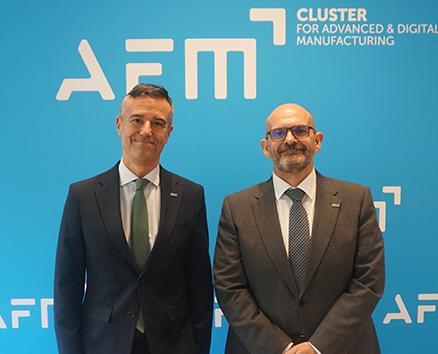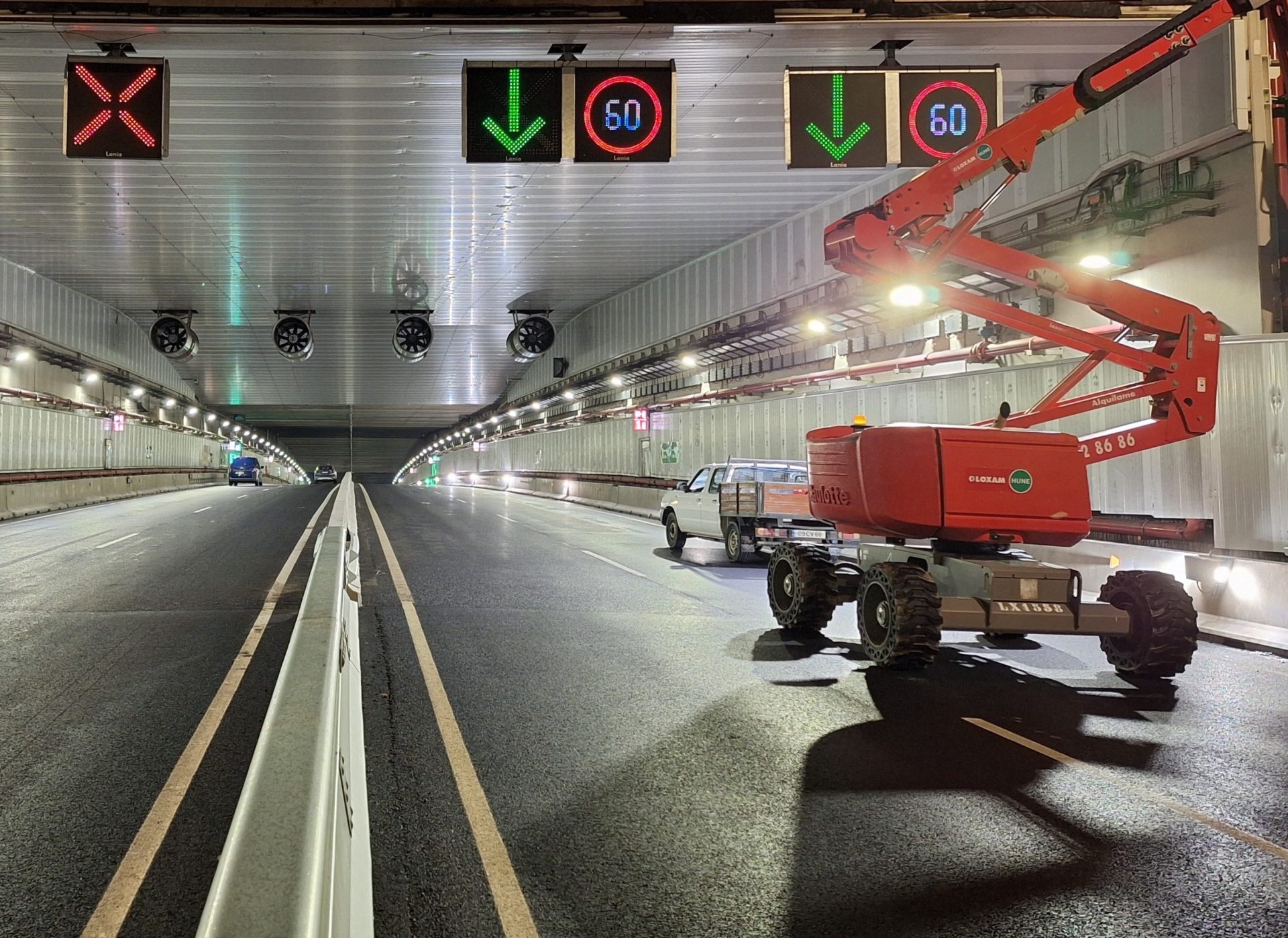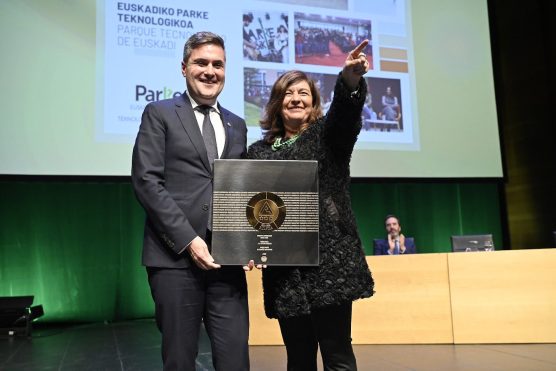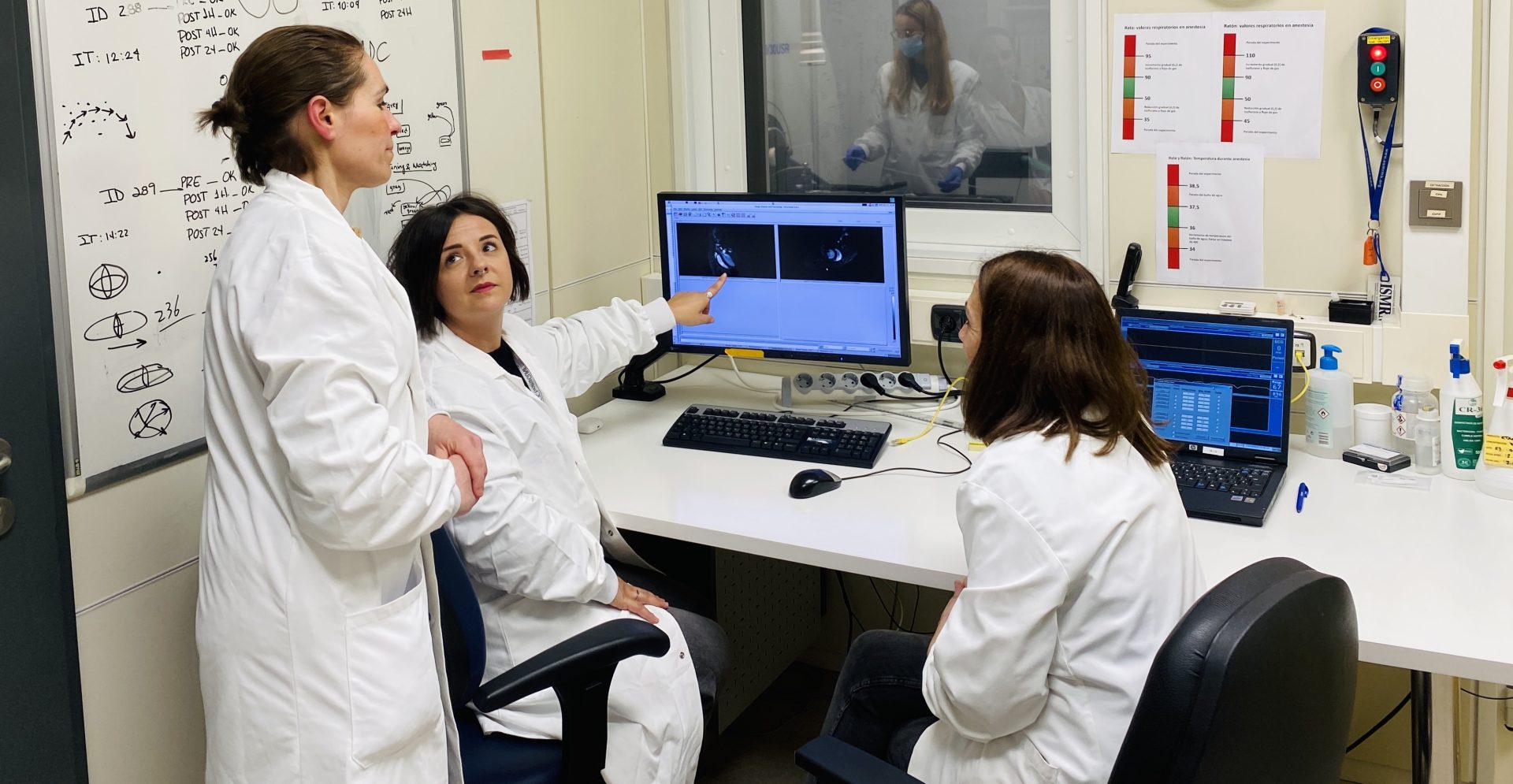After 8.8% growth in 2022, Machine-Tool sector records dynamic start to first quarter

The good order portfolio guarantees strong production activity throughout 2023
Although demand is expected to ebb away over the next six months, incoming orders up to March were similar to 2022
 At 2022-year end, the closing turnover figures for the advanced manufacturing and machine-tool technologies sector confirm the provisional figures forecast back in January, recording growth of 8.85% with respect to 2021 figures. Despite huge uncertainty and difficulties that have made the year into a real obstacle course for investment in production resources, the good level of incoming orders accumulated throughout 2021 and 2022 has enabled the sector to continue increasing turnover.
At 2022-year end, the closing turnover figures for the advanced manufacturing and machine-tool technologies sector confirm the provisional figures forecast back in January, recording growth of 8.85% with respect to 2021 figures. Despite huge uncertainty and difficulties that have made the year into a real obstacle course for investment in production resources, the good level of incoming orders accumulated throughout 2021 and 2022 has enabled the sector to continue increasing turnover.
The metal cutting machines subsector is showing a somewhat stronger performance, with growth of 18.44%, closely followed by metal forming, with almost 10%. So, we have seen a gradual recovery of the two main subsectors in the industry.
The overall positive performance of the machine-tool customer sectors, particularly the strong surge in the energy sector, the reactivation of the automotive and aeronautics sectors, together with demand from the consumer goods sector and others, has contributed to favourable figures in both subsectors.
In terms of exports, the year ended with an increase of 3.8%, marking two consecutive years of growth and reaching 1,288.3 million euros, practically the same as the record export sales recorded in 2019.
The main destinations of our exports sales in 2022 were: Italy, Germany, the US, France and China. Other countries in the top ten markets are: Mexico, Portugal, Turkey, the United Kingdom and Poland. Of particular note are the sales numbers for Italy, which has become our top export sales destination in 2022 for the first time in history, thanks to the schemes promoted by the Italian government to incentivise investment in state-of-the-art production equipment. Other markets that recorded outstanding performance in 2022 were the US (metal forming) and Germany (metal cutting).
José Pérez Berdud, president of AFM Cluster, explains: “The truth is, it has been proven once again that our companies are well prepared to navigate extremely complex situations. Our commitment to people, technology and internationalisation has enabled us to overcome the situation caused by the war, supply chain difficulties, extremely high inflation and the rising cost of financing, among other adverse factors, to close out the year positively overall”.
INCOMING ORDERS AND 2023 FORECAST
In 2022, incoming orders figures were good for both metal cutting and metal forming, which regained its stride after several tenuous years. With a 11.28% increase in orders throughout the year, the accumulated portfolio means that 2023 has kicked off with a growth in turnover.
This upward trend in incoming orders has continued throughout the first three months of 2023, although at a slightly slower pace. Despite this, we have managed to match incoming orders recorded in the first quarter of 2022. The measures adopted to cool off the economy affect demand and the cost of financing and this can influence incoming orders and the pace of decision making, especially for the simpler equipment and in the SME setting. We have, however, detected great dynamism in the larger, more technically complex projects, which are holding steady despite difficulties. In any event, our businesses’ positive order portfolios and the good start to the year, suggest that 2023 turnover is set to grow by 5%.
Managing Director of AFM Cluster, Xabier Ortueta, adds in this regard: “Making predictions in these turbulent times is not easy, but we are moderately optimistic. We have a robust portfolio, which will help us sustain good levels of activity throughout the year. Keeping up the excellent incoming order rate of 2022 will be complicated and our prospective analysis is pointing towards a slowdown, at least in the first half of the year. In any event, it’s expected to be a temporary slump. The expected stabilisation of economic indicators and the positive forecasts in most of the strategic sectors, where we are well positioned, leads us to believe that demand will recover once again in 2024”.
In this context of healthy workloads, it’s crucial that the sector continues to defend its profitability in order to be able to continue investing in the magic formula: people and innovation to strengthen our competitiveness.
DRAWING TALENT TO THE INDUSTRY PROVES TOP SECTOR CHALLENGE
As a knowledge sector, well trained people and their talent is the machine-tool sector’s main asset. But the reality is that these are becoming scarce and highly sought-after assets, making it an urgent challenge to convey to society, and particularly to young people, the virtues of a strategic sector for our well-being.
José Pérez adds that: “The demographic situation is a factor that can’t be fixed in the short or medium term and, as a society, we need to get imaginative to change birth rate trends and at the same time make it easier for people with a vocation to work in the industry. Meanwhile, the machine-tool sector should be projected as a highly attractive activity for young people. We have to redirect vocations towards an environment where work is really interesting, highly innovative and internationalised. The machine tool sector takes care of its people and working in our sector is associated with a life project that’s well-paid, enriching and varied.”
Regarding the as yet unequal presence of women in our industry, the president of AFM Cluster remarked: “It is our responsibility to recruit more women in industrial companies. We must be highly proactive in redressing the historical shortfall, generating messages that show the true reality of our industry and the appeal these jobs can have for women”.




